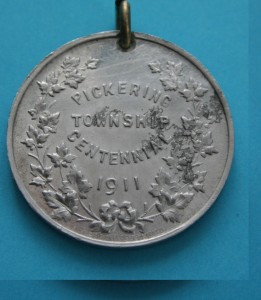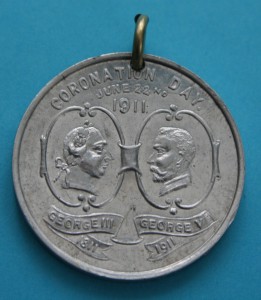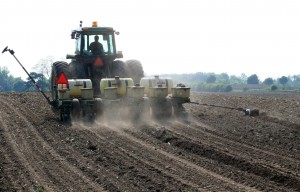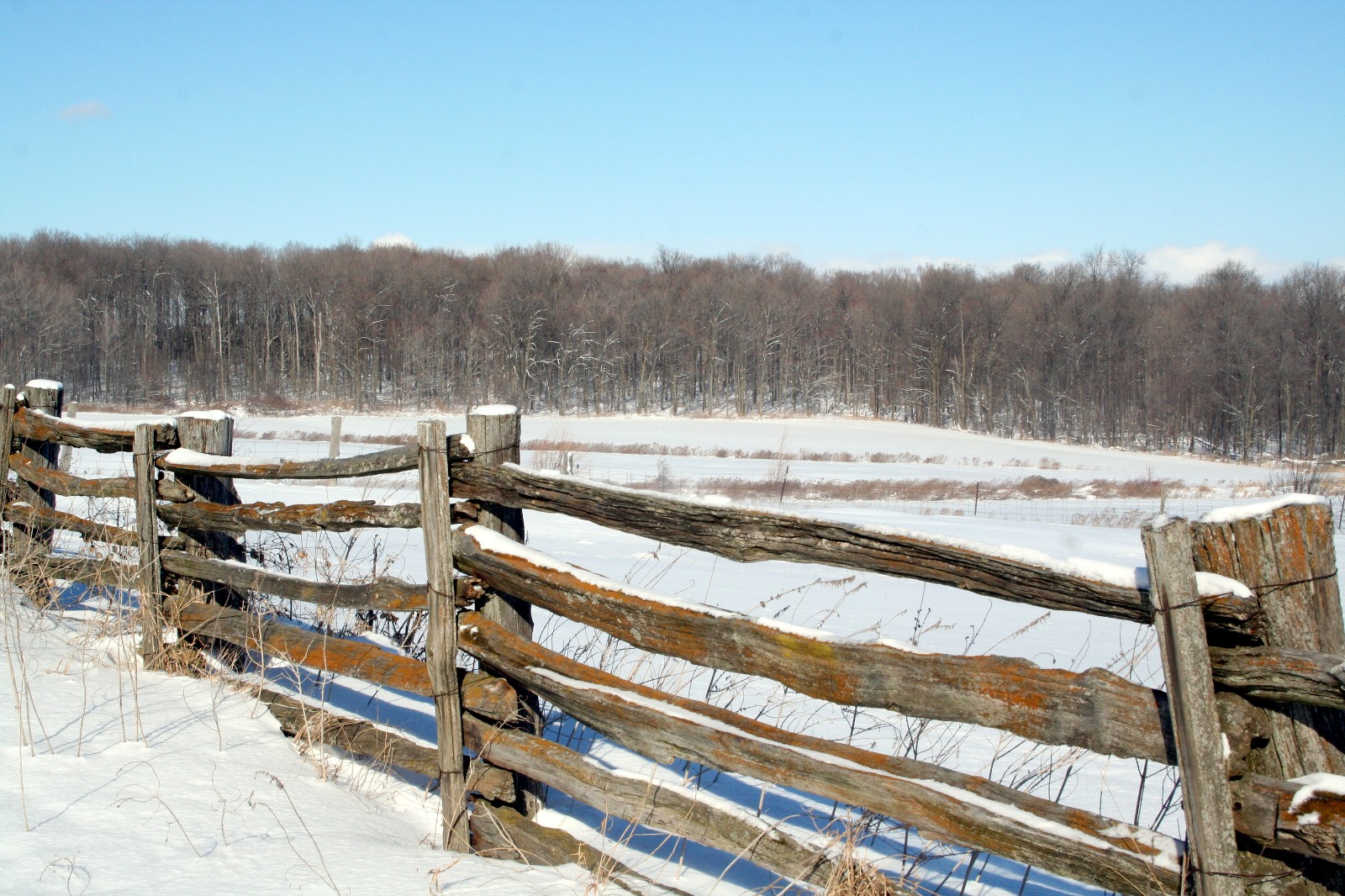Mon 13 Jun 2011
Today
Tue 8 Mar 2011
Pickering’s Bicentennial
Posted by Jim under History, John Miller/Thistle Ha', TodayComments Off on Pickering’s Bicentennial
Sources: Past Years in Pickering by Rev. William R. Wood. Published by William Briggs, Toronto, 1911.
County of Ontario – Short Notes as to the Early Settlement and Progress of the County and Brief References to the Pioneers and Some Ontario County Men who have taken a Prominent Part in Provincial and Dominion Affairs by J. E. Farewell. Published by Whitby Gazette-Chronicle Press, 1907.
Pickering 1911 centennial medal from Thistle Ha’ private collection.
  Pickering Township's Centennial Medal. Reverse side celebrated the coronation of King George V on June 22, 1911. |
This is the bicentennial year of the municipality of Pickering.
In 1791, British parliament divided the province of Quebec into two provinces named Upper Canada [Ontario] and Lower Canada [Quebec], and a surveyor was hired to mark townships east of Toronto along the north shore of Lake Ontario, including ones named Edinburgh [Whitby] and Glasgow [Pickering]. There is a record of a meeting held in March 1803 to choose town officers for Whitby and Pickering. For Pickering township alone, its first meeting was held on March 4, 1811.
Pickering’s first elected municipal council met in 1850. John Miller/Thistle Ha’ was very active in Pickering politics. He was elected deputy-reeve of Pickering for the years 1868-1873, and was Pickering’s reeve for the years 1875-1876, 1878-1882, 1888, 1890. He served as warden of Ontario County in 1876. The number of municipal council meetings was far fewer than today; in his 1870 diary, John Miller recorded seven Pickering township council meetings, usually held on Saturdays. He also had two Ontario county council meetings. Given the traveling distances for some members, county council met for several days at a time in Whitby.
This year, Pickering has planned numerous bicentennial events. There will be a display featuring the Miller family in the main Pickering library during the month of June, and Thistle Ha’ will participate in Pickering’s inaugural Doors Open event on October 1.
Sat 5 Feb 2011


